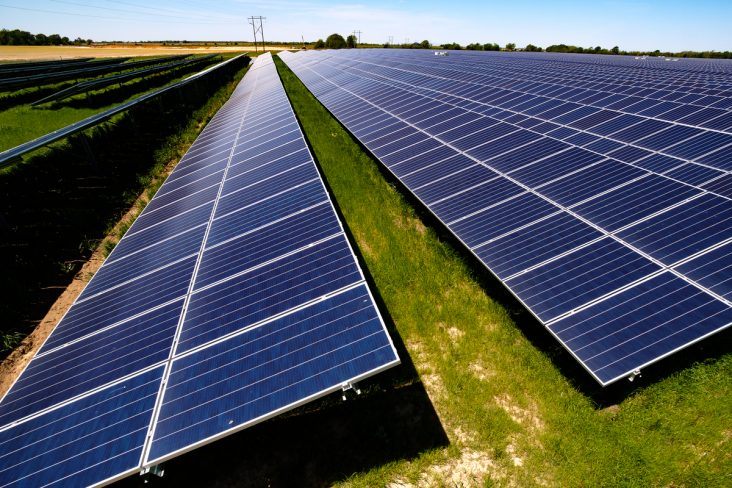The Arkansas Agricultural Experiment Station goes solar
by June 21, 2023 11:29 am 1,467 views

The Arkansas Agricultural Experiment Station has entered into a 25-year solar service agreement with Entegrity Partners to provide renewable energy for over 80% of the annual electricity consumption at the Milo J. Shult Agricultural Research and Extension Center in Fayetteville.
The experiment station is the research arm of the University of Arkansas System Division of Agriculture.
“A lot of what we do at the experiment station has an eye on the future of agricultural issues to feed more people with fewer resources,” said Jean-François Meullenet, director of the Arkansas Agricultural Experiment Station and senior associate vice president for agriculture-research for the University of Arkansas System. “The solar array aligns with our goals, allowing the experiment station to operate more efficiently and take advantage of this renewable resource.”
It will save tens of thousands of dollars annually on electricity costs, according to Entegrity Partners. The 3.6-megawatt solar array constructed near Hope began supplying energy to the grid on May 11.
Per the agreement, Entegrity Partners designed, built, and maintains the solar array for the experiment station and sells the electricity it produces at a competitive rate.
Estimated energy production for the first year is over 6,000 megawatt-hours of electricity, which is enough energy to power approximately 560 U.S. homes for one year, according to the U.S. Energy Information Administration.
While the energy produced by the solar array near Hope is not fed directly to the Station, the solar energy is converted from direct current to alternating current and measured before it hits the grid. The utility uses this power where needed on the grid, and the experiment station will receive an offset on its power bill equal to the amount of energy the array produced, according to Entegrity Partners.
The solar array includes 8,496 First Solar Series 6 modules that produce a mix of 415 watts and 440 watts each to produce 3,692 kilowatts of electricity. The 415-watt modules were manufactured in the United States, and the 440-watt modules were manufactured in Vietnam. The solar array occupies 17.5 acres.
